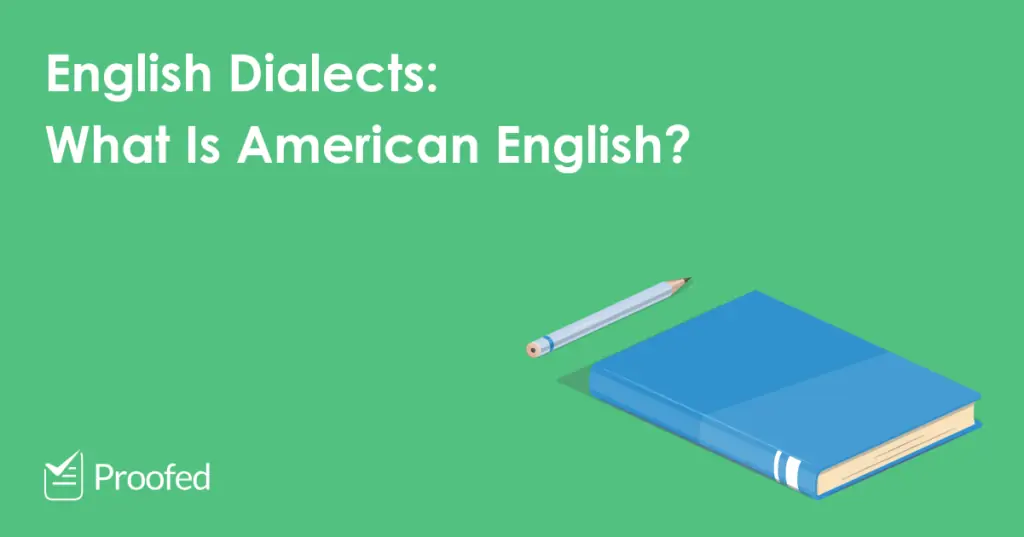You may have heard people describe certain words or spellings as ‘American English’. But how does American English differ from the English we speak in the UK? And what do you need to know to avoid errors in your writing?
What Is American English?
American English is the English (or set of dialects) used in the United States. It differs from other forms of English in various ways, especially in terms of pronunciation, spelling and vocabulary. It is also known as US English, or abbreviated to AmE, AmEng, or en-US.
This dialect is specific to the US, not North America in general. Canadian English, for instance, is nearer to British English in some ways. However, American English is often used internationally due to the influence of the US. As such, Americanisms are common in other English dialects.
Key Differences Between British and American English
So, then, how are British and US English different? As we’re all about writing at Proofed, we’ll ignore pronunciation for now. That leaves us with spelling, vocabulary, grammar and punctuation:
- Spelling – British and American English differ in the spelling of many words. Some of these follow patterns (e.g. words like humour and colour become humor and color in US English). Others are unique to specific words (e.g. the British aluminium and the American aluminum).
- Vocabulary – As well as using different spellings, American English uses completely different words in some cases. The punctuation mark we know as a ‘full stop’, for instance, is known as a ‘period’ in America.
- Grammar – There are not as many grammatical differences between British and American English as there are in spelling and vocabulary, but there are a few. For instance, American English uses ‘gotten’ as the past participle form of the verb ‘get’ (e.g. I have gotten good at spelling). Outside the US, the standard past participle of ‘get’ is ‘got’.
- Punctuation – There are also minor differences between British and American punctuation. For instance, American English favours “double quote marks” for quotations, compared to the ‘single quote marks’ typically used in British English.
Keep an eye out for these kinds of differences if you’re using American English in your writing.
Find this useful?
Subscribe to our newsletter and get writing tips from our editors straight to your inbox.
Do These Differences Matter?
Good question! Unfortunately, there isn’t a simple answer. Some of the differences between British and American English are quite strict (e.g. the spelling of colour/color). But others may be more a matter of preference (e.g. the use of ‘single’ or “double” quotation marks).
However, we do have some general tips for dealing with dialect differences:
- If you have a style guide (e.g. from a university or publisher), always check if it specifies a regional English dialect or any dialect-specific spellings.
- Always use the dialect your readers know best.
- Aim for consistency and use one dialect throughout the document.
- Set Microsoft Word to use American English spellings by going to Review > Language > Set Proofing Language on the ribbon and selecting ‘English (United States)’ from the list of languages.
- Get your work proofread by someone who knows US English. They will be more likely to spot errors that you have missed.
Ultimately, the best way to avoid mistakes when using US English is to learn more about the dialect. So check out our other blog posts for more information on American English.



